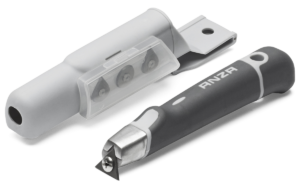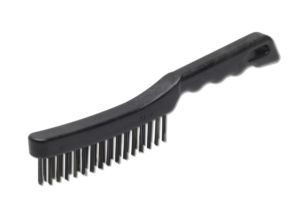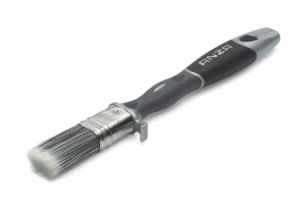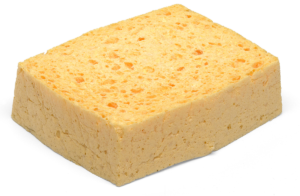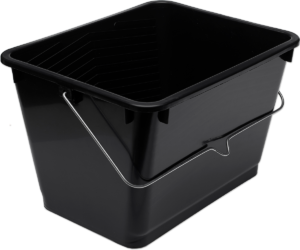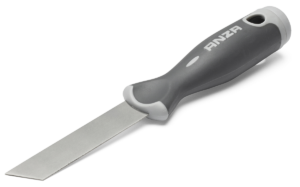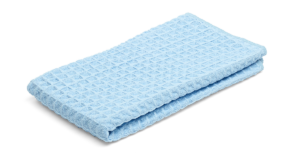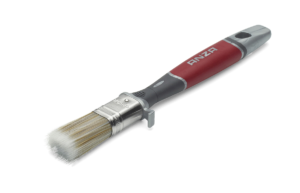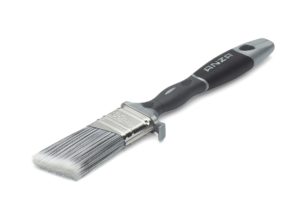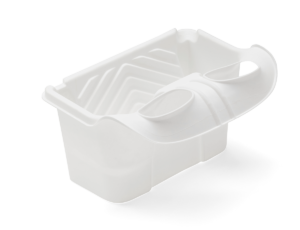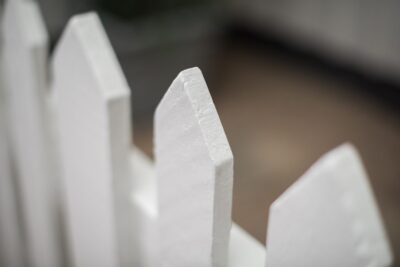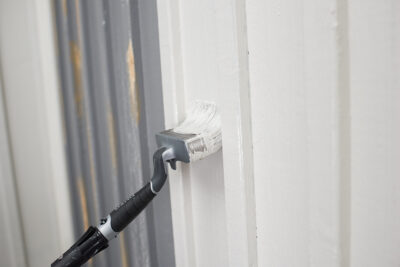- Home
- Paint windows
- Paint windows – how to, step by step
Paint windows – how to, step by step
When painting windows, the preparatory work is just as important as the paint itself. Wash, scrape, sand, prime and putty thoroughly before picking up your paintbrush, and you can be sure your windows will look great and last for a long time. Our step-by-step guide will help you do each step correctly and in the right order.

-
Steg 1/5 Prep work
-
Steg 2/5 Prime
Produkter i användning
-
Steg 3/5 Putty
Produkter i användning
-
Steg 4/5 Mask
-
Steg 5/5 Paint
Produkter i användning
Detaljerade instruktioner i text
Så gör du:
-
1Prep work-
-
2Prime-
-
3Putty-
-
4Mask-
-
5Paint-
-
1/5 — Prep work -
2/5 — Prime -
3/5 — Putty -
4/5 — Mask -
5/5 — Paint
Step by Step
-
1Prep work
-
2Prime
-
3Putty
-
4Mask
-
5Paint
-
1
Prep work
Check that the wood is dry
Before you start painting, the window needs to be sufficiently dry. Check the moisture of the wood with a moisture meter. The moisture should not exceed 16%.

Scrape and paint the fittings
If the window has corner brackets, unscrew them. Scrape off any loose paint with a paint scraper or wire brush, then paint them with anticorrosive paint. Follow the instructions on the paint can.


Remove the sealing strips
Remove old weatherstripping from the window.
Wash the window frames
Wash the window frames with algae and mould remover. Remove loose or cracked putty with a knife or a flexible filling knife. Be careful not to crack the glass.


Scrape off loose paint
Scrape off loose paint with a paint scraper and wipe off dust with a dry cloth.
Tip!


Add oil
Oil all the wooden surfaces of the window frames – that is, all the surfaces you just have scraped. Put extra oil on the end grain and also oil the putty seam, i.e. the area of the window sash where the putty will lie.
Let dry
Let the oil dry according to the instructions on the can.

Sand away fibre breakage
When the wood becomes damp from water or oil, the wood fibres can rise, making the surface feel rough and prickly. So when the wood is completely dry, sand away any fibres that have risen with a fine sandpaper.


-
2
Prime
Painting window frames and putty seams
Prime the window frames thoroughly. Paint in the putty seam as well and let the paint dry thoroughly. In the next step, it is time to apply putty.

-
3
Putty
Use a caulking gun
Apply new putty with a caulking gun. Cut off the nozzle of the fog sprayer at a 45 degree angle and place the nozzle against the sealant neck.
Tip!
Also fill any gaps and cracks in the window frame with putty or wood filler.
Start in a corner
Start in one corner and spread the putty in an even flow. Make sure that the gap for putty is properly filled. Smooth the surface and remove excess putty with the putty knife. Allow the putty to dry on the surface before proceeding with masking.


-
4
Mask
Now it’s time to mask the glass. Use masking tape for outdoor use. Place the tape about a millimetre from the edge of the putty, so that the paint will cover the putty and a small part of the glass when you paint. This prevents water from penetrating between the glass and the putty.

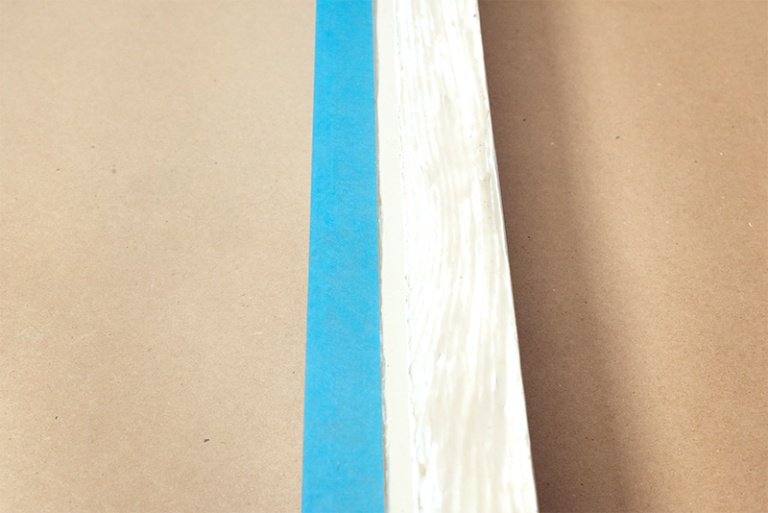
Finish by screwing back the corner brackets. Then it’s time to paint.
-
5
Paint
Use plenty of paint
Apply plenty of paint to the window frames. Be careful not to drip on the glass.
Tip!
Use outdoor paint for the outside of the window and indoor paint for the inside, as well as for the space between the outside and inside. This gives the window the best possible protection against moisture and condensation. Windows are less insulated than other parts of the façade and are more affected by the differences between indoor and outdoor temperatures. Talk to your paint retailer for help in choosing the right colour.
Use different brushes
Use a wider brush for large areas and a smaller brush for crevices and details. Let the paint dry.

Paint one more time
Paint once more to get a really even coverage.

Remove the tape
Remove the masking tape before the paint has dried completely.

Done! Now you have windows that will stay beautiful for years to come.

